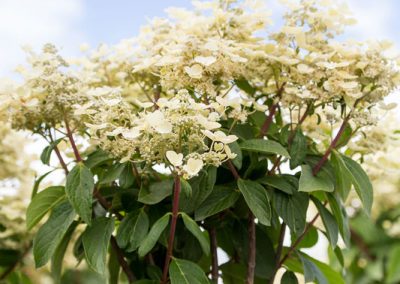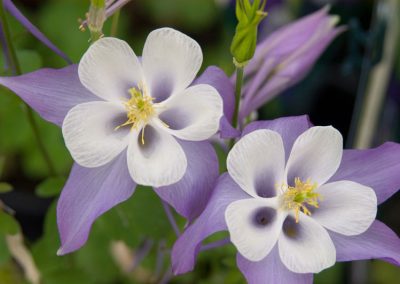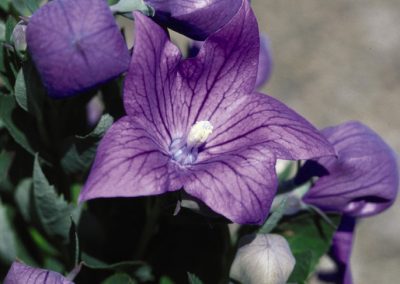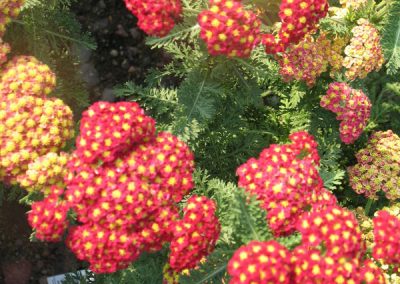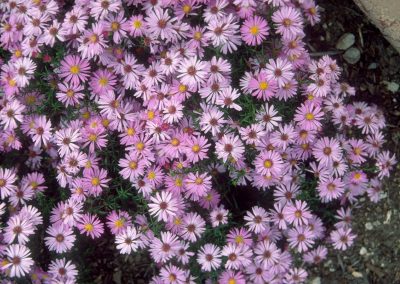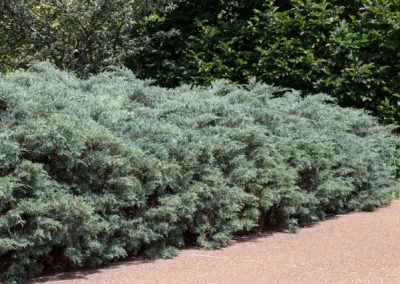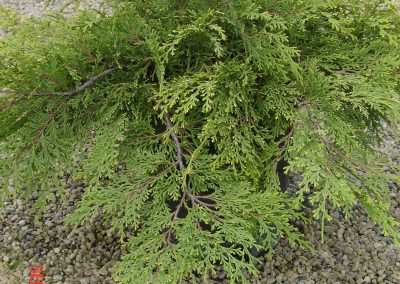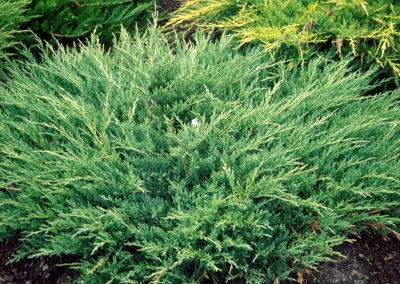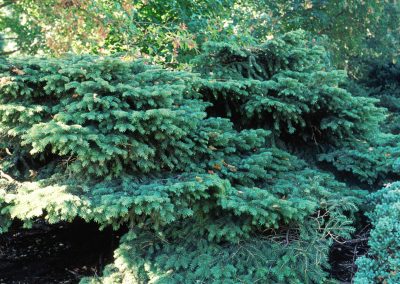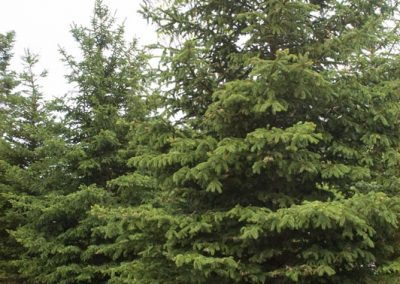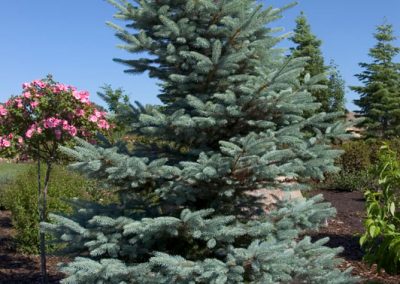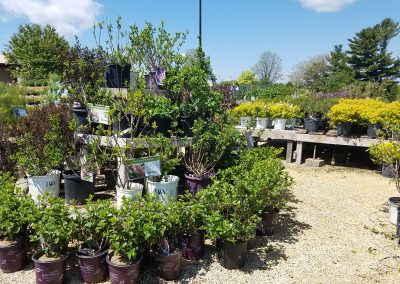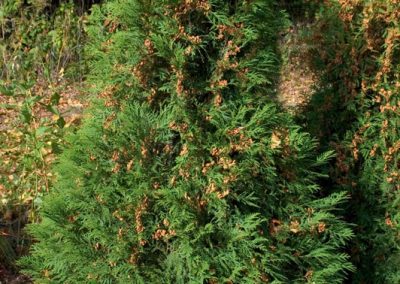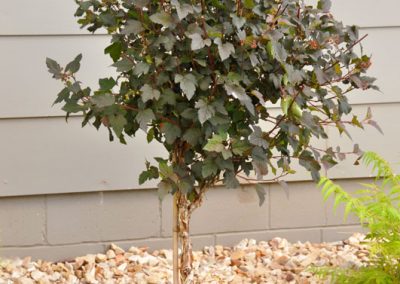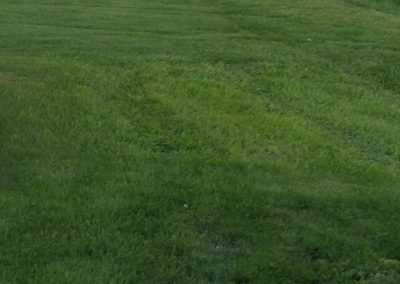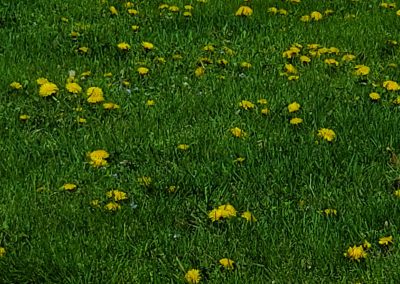Just when you think Winter is never going to let us out of its grip, the sun appears, the ground thaws, the snow quits falling (we hope) and we look at the calendar and it is June. Well, it is that time of year again and we want to see if you are prepared for the growing season.
We know that with challenging times and stay at home orders it may be a bit more difficult to get out and get the products you need to get your garden going but with keeping safety in mind, you can get this done and we can help you along with your project.
We have a wonderfully trained staff that can provide information and designs to get your gardening project headed in the right direction. Stop in and visit us at Heritage Hill Nursery in Cedarburg, WI where the plants are growing, and the staff is eager to help you out.
Perennials
We would like to share with you 4 perennials that could help boost your garden and make it a delight to work on this season. These will be familiar to most but new to some. Let us look:
- Columbine: This is a plant grows well in zones 4 and 5. It has a lovely bloom that produces a sweet smell that really attracts Hummingbirds and Butterflies. Full sun and well-drained soil are their preference and their blooms can be seen usually from April to May.
- Yarrow: Sandy soil, full sun and very warm temperatures are this plant forte. If you are in areas that are prone to droughts then the Yarrow will have no problems with this. If you like a plant that spreads quickly and makes an impact then this may be something you want.
- Balloon Flower: This beautiful purple bloom puffs out before it opens. It can do well in the Wisconsin area, which is zone 4 and 5, and it grows 18 inches to 24 inches tall. You may want to stake this plant, so it stands up straight and tall. When doing that it is a delight and charm to view.
- Aster: Are you still looking for more Butterflies? Or maybe other pollinators that can help the garden grow? How about this? In slightly moist soil and with some extra care, the Aster could grow as tall as 6 or 8 feet. It likes any type of light so that is not an issue. Maybe this is your choice.
Shrubs:
I remember being in school and when June was mentioned it meant one thing. The beginning of Summer vacation. As you know in the gardening world that is not the case. We are still technically in Spring and planting season is thriving. This is still a good time to add mulch to bases of shrubs for landscaping purposes. Chewing up soil with shovels and rakes is greatly beneficial to where the shrubs are planted. When replacing mulch around shrubs, be careful not to mound it up around the trunk and create a “volcano” effect. This could harm or even kill the shrubs.
Trees:
June is still a good time for planting trees that will give you pleasure for many years to come. People are very much into the “decorative” or “ornamental” trees instead of simply basic ones such as Oak, Pine or Maple. Here are some particularly good and popular trees for your decorative garden:
Evergreens include Spruces, Pines, and Arborvitaes.
Ornamentals include Weeping Cherry, Flowering Crabapple, Hydrangea Tree Form (TF), Lilac (TF), Ninebark (TF), Eastern Redbud, Japanese Maples and Magnolias.
These are great examples of smaller more decorative trees. Check with Heritage Hill Nursery to see if we have them in stock or may be able to order one for you.
Lawns:
Some think that one application of lawn fertilizer is enough but that is not necessarily the case. Applying a late spring fertilizer once between April and June 6 to 8 weeks after the early spring feeding is recommended. This will help your lawn grow strong roots while killing dandelion, clover, and other listed weeds. Also, keep that tip in mind from last month about changing patterns when mowing the lawn. It really does keep wear patterns from forming and makes for a more attractive lawn after you have mowed it.


